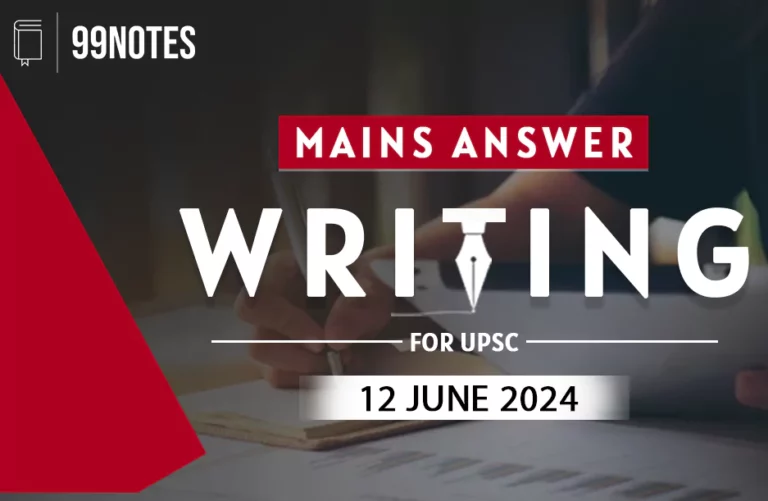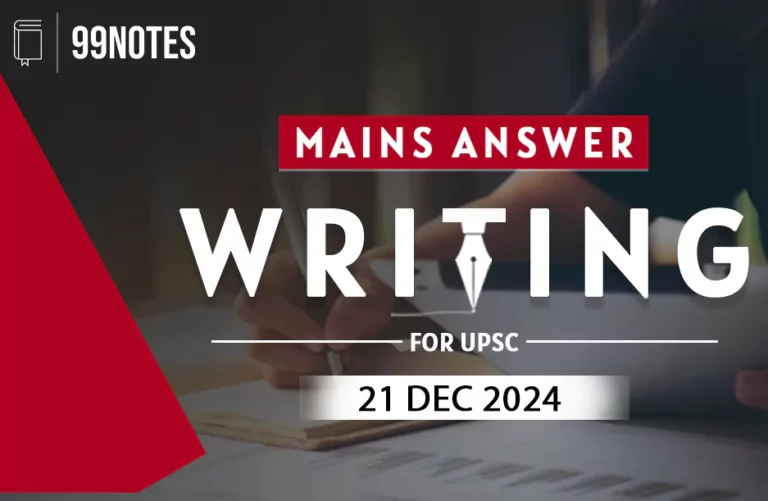12 August 2024 : Daily Answer Writing
Q1) Explain Glacial Lake Outburst Flood (GLOF). Also, discuss GLOF mitigation strategy with special reference to National Disaster Management Authority (NDMA) guidelines.
(150 Words/10 Marks)
ANS
Glacial Lake Outburst Floods (GLOF) is a catastrophic flood created when water dammed by a glacier or a moraine is released suddenly. This sudden discharge of a large volume of water and debris causes floods in downstream regions.
The GLOFs have three major characteristics:
- There is sudden release of water and sometimes this might be cyclic in nature, with multiple events of release of water.
- GLOFs are generally rapid events. They can last over a few hours. But they can also extend over a few days.
- GLOFs result in large downstream discharge in the river, making it more erosive and destructive along its course.
In the Himalayas, moraine-dammed glacial lakes are common. Increasing temperature due to climate change is making the region further vulnerable to GOLFs as the risk of formation of new lakes, expansion of new one and merger of multiple lakes turns Himalayan region into a high-risk zone for GLOFs.
A systematic mitigation strategy to reduce the disaster risk associated with GLOFs is needed. The NDMA has given guidelines in this regard covering following points:
- A robust hazard and risk mapping: A comprehensive assessment framework with help of satellite observations, field study etc. to ensure early identification of threats.
- Monitoring, risk reduction and mitigation measures: Such measures include lowering of lake level, artificial drainage channel, protective structure (e.g. deflection dams), early warning system and institutional setup to bring on board local knowledge.
- Awareness and preparedness: Short-term steps like posters, wall paintings, apps and SMS based alerts and long-term measures like national awareness campaigns in schools.
- Capacity Development: Information and capacity development for local emergency operation centers, workshops and mutual exchange of expertise among professionals working in related areas.
- Disaster response: A multi-stakeholder approach with focus on first-order response actions like search, rescue and emergency relief involving local communities is required. Assessment of post-disaster damage and needs has to be carried out.
- Research and development: Repeated monitoring using advanced space-borne and terrestrial technology like radar-based systems is required for future-oriented risk management to tackle GLOF variability due to climate changes and land use changes.
- Regulation and enforcement: Necessary modification to model town and country planning byelaws, implementation of national building code 2016, and guidelines for land use zoning are required for the disaster risk reduction.
The 6th assessment report of IPCC has highlighted the accelerated melting of glaciers due to climate change. Given the expectation of increased frequency of GLOFs in future, there is urgent requirement to follow the NDMA guideline and implement “Comprehensive National GLOF Mitigation Project” recommended by the NDMA.



